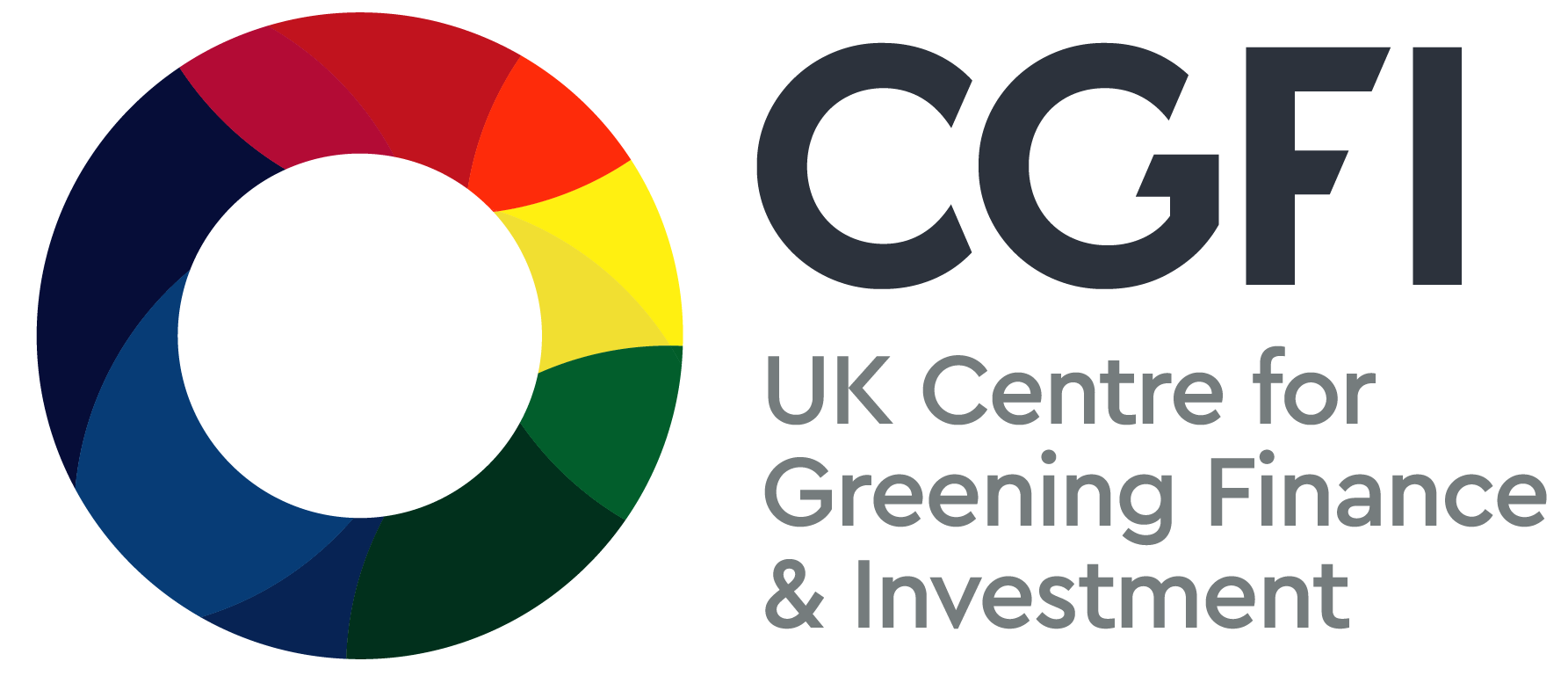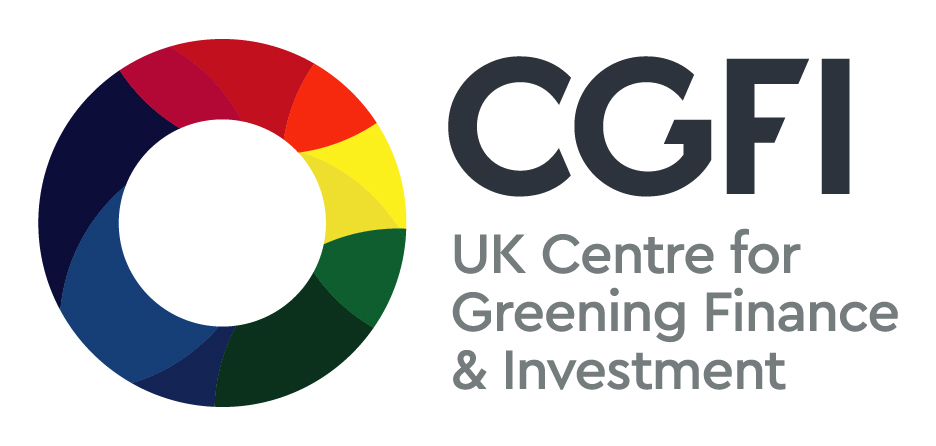Academics, financial institutions (FIs), central banks and supervisors (CB&S) have developed a suite of scenarios and analytical tools to assess forward-looking climate-related financial risks, inform macro-prudential policies, counterparty risk management and business planning decisions.
Climate scenario analysis brings new challenges versus traditional scenario analysis by FIs, particularly given the limitations, uncertainties, and trade-offs inherent in the data, models, and methods for such climate financial risk assessments.
In our CGFI discussion paper we analyse empirical findings and current best practice to review the adequacy of climate risk scenarios for financial decision making.
We highlight the following key findings:
- Scenario analysis for climate financial risk assessment brings new and unprecedented challenges when compared with other types of risks.
- Climate risk scenarios in its current form may often not be fit for purpose for specific financial use cases such as stress testing and risk management. Current scenarios miss important characteristics and processes that we argue are critical to fully understand the potential severity and timescales of climate-related risks.
- Most scenario deficiencies point towards a systemic underestimation of the risk, potentially giving rise to a false sense of security on how the transition may unfold.
- Scenarios for risk management and stress testing are less suitably described by a cost optimisation scenario pathway that does not adequately cover the full envelope of possible economic and financial frictions, volatility and acute physical risk
- There needs to be an improved understanding of where in the probability distribution respective scenarios sit given the level of conservativeness of key assumptions and credibility of policy whilst assessing whether this is appropriate for a given level of risk appetite.
- Most scenarios leave considerable room for expansion to match the level of granularity needed by the financial sector, which brings additional challenges around consistency and comparability.
- FIs and CB&S are at risk of misinterpreting the outcomes of climate scenario analysis when inherent challenges, trade-offs and model limitations are not adequately understood.
- We argue that all scenarios are wrong, but this does not necessarily mean that they cannot be useful if used and expanded upon with full awareness of the limitations.
- As an intermediate solution, we provide a practical framework on how the current scenarios could be a useful starting point for financial institutions and guides the user to identify potential gaps in the available range of scenarios and how to construct more disruptive, decision-making relevant scenarios.
- We call for FIs, CB&S and research institutions to work closely together to develop a more comprehensive scenario taxonomy that provides transparent information on scenario characteristics and underlying model construction to provide an effective mechanism to enhance capabilities around climate scenario analysis in the financial sector.



